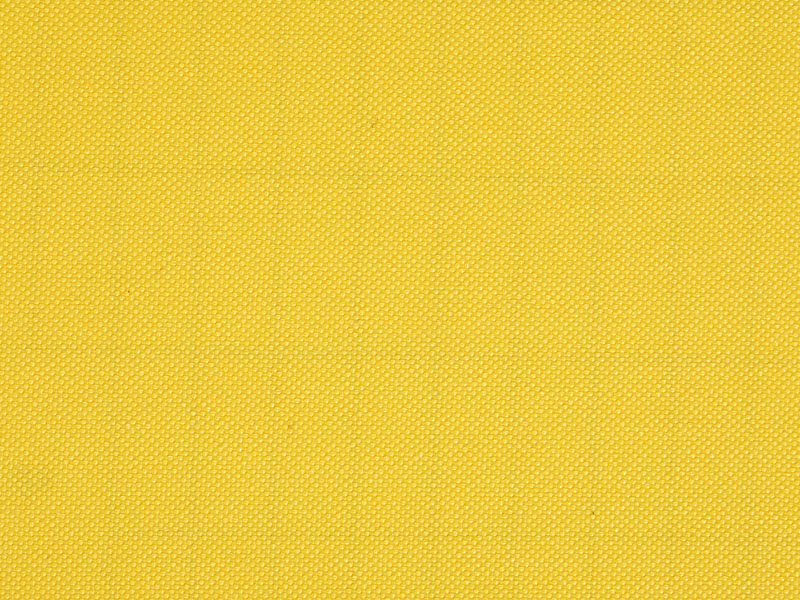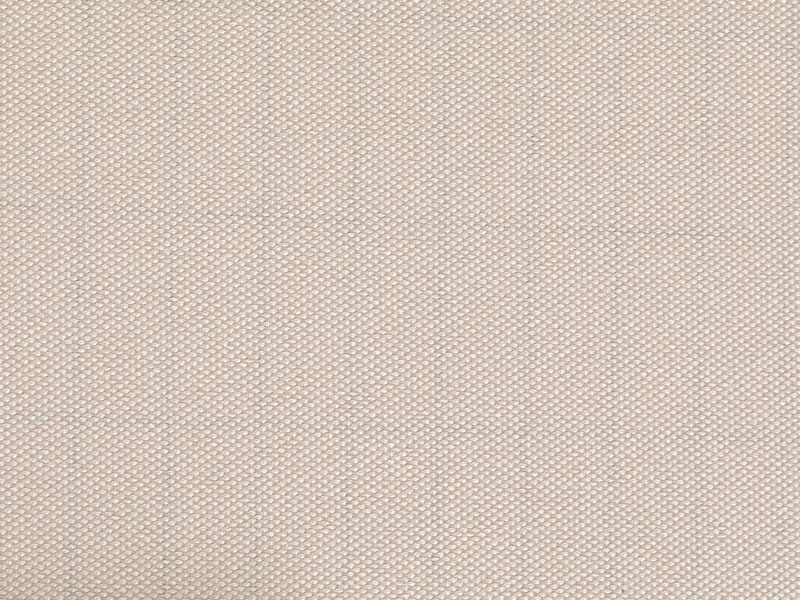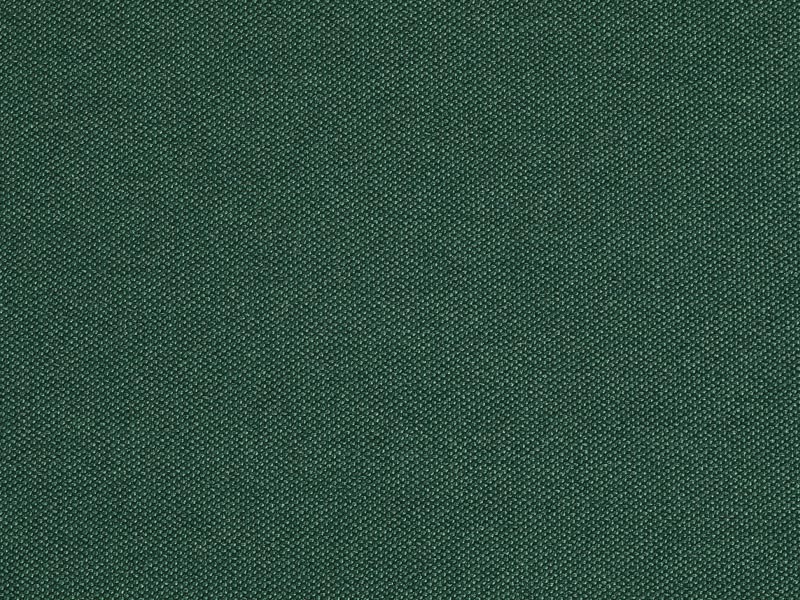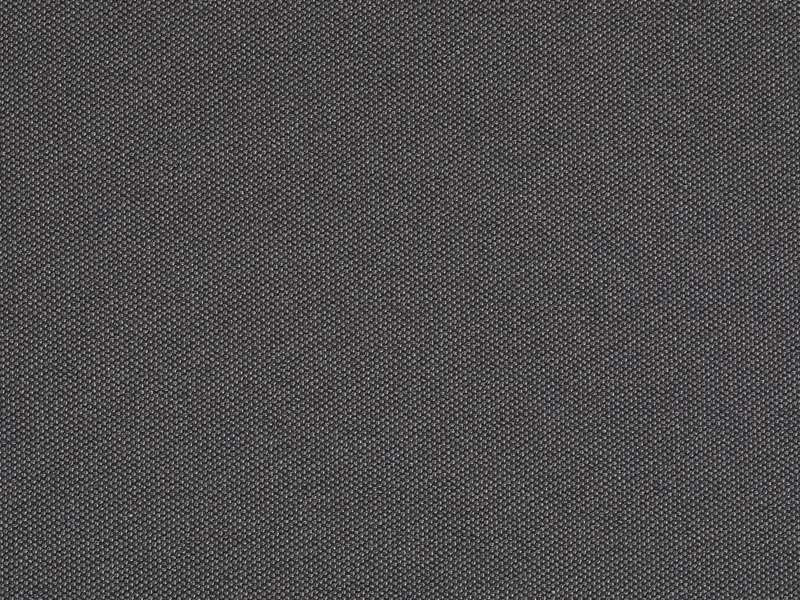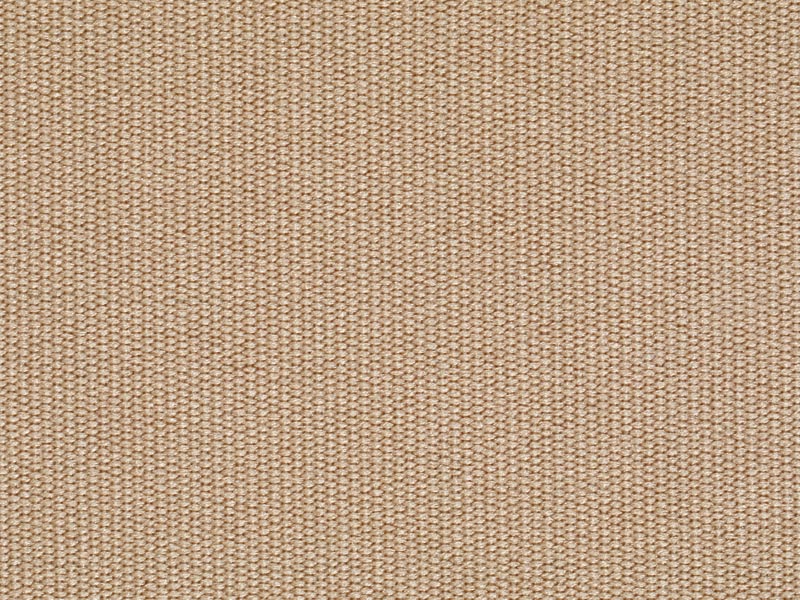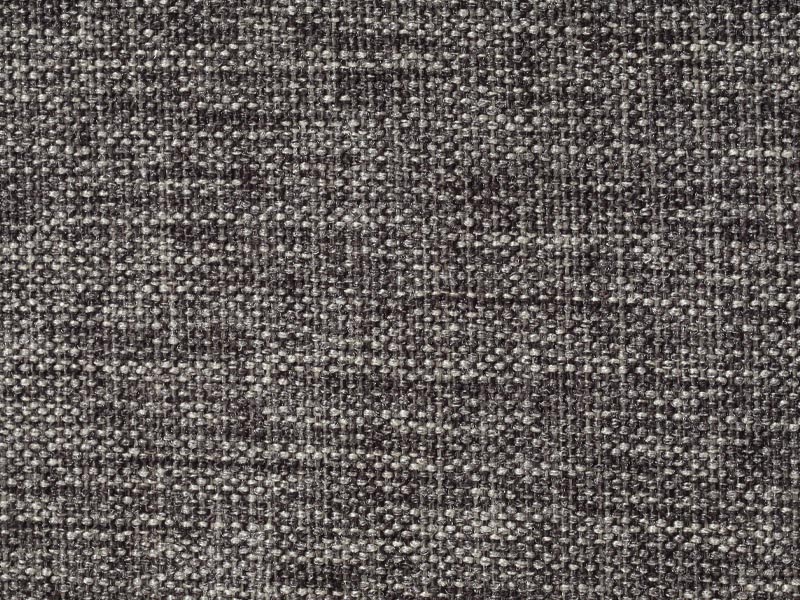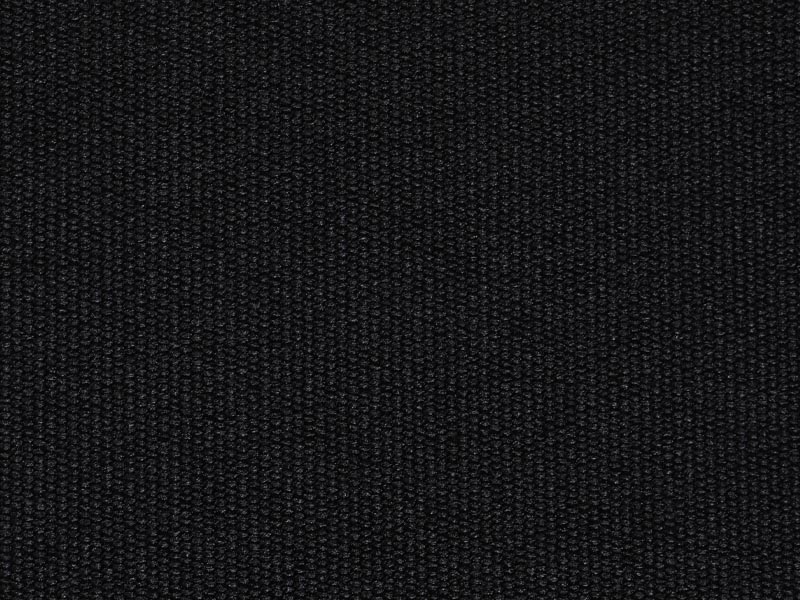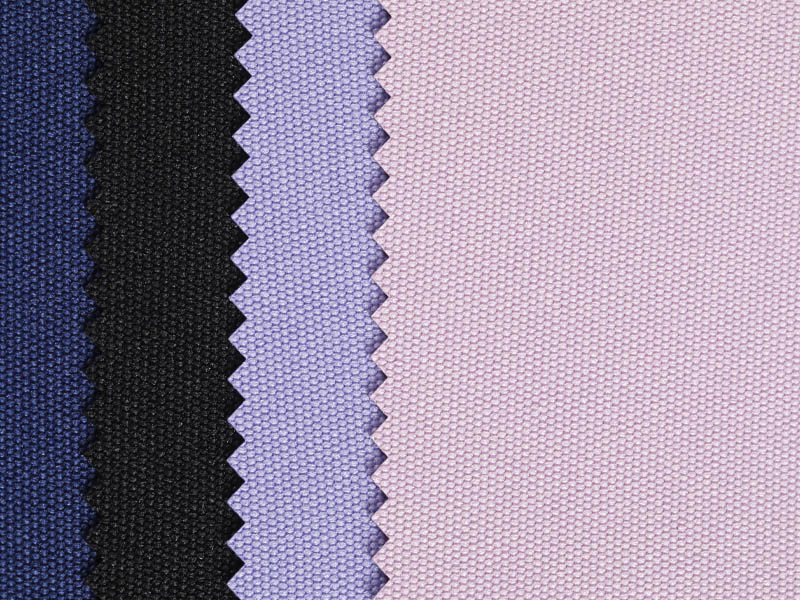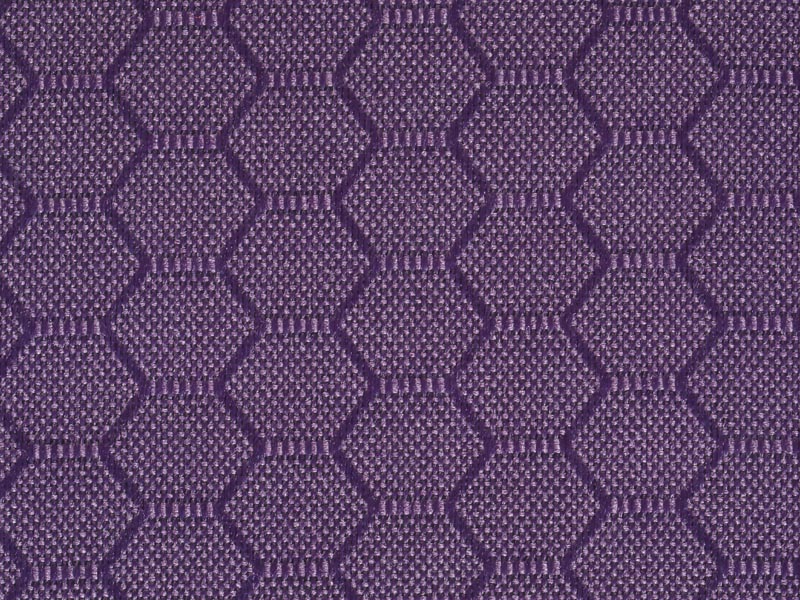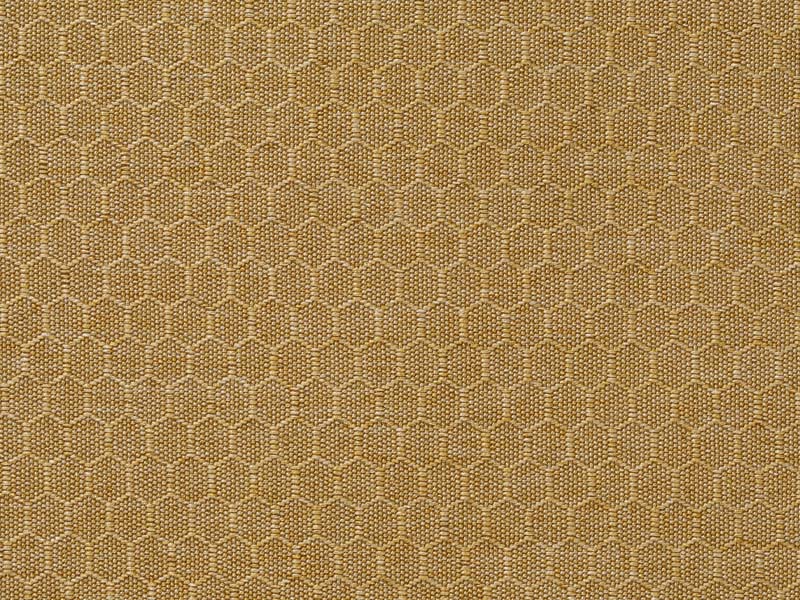Manufacturing Techniques Behind Waterproof Stretch Tent Fabric
Posted by Admin
Cheap waterproof stretch tent fabric material Manufacturer
The outdoor and event industries have seen a growing demand for versatile, durable, and high-performance materials, with waterproof stretch tent fabric emerging as a popular choice. This innovative material is engineered to provide nice protection against the elements while offering the flexibility and strength required for various applications. The manufacturing process behind waterproof stretch tent fabric involves advanced textile technologies and specialized coating applications, ensuring that the final product meets the rigorous demands of outdoor environments. This article delves into the key aspects of the manufacturing process, exploring the textile techniques and coating methods that make waterproof stretch tent fabric a reliable and sought-after material.
The foundation of any high-quality waterproof stretch tent fabric lies in the textile technology used to create it. The fabric is typically composed of synthetic fibers such as polyester, nylon, or a blend of these materials, chosen for their durability, elasticity, and resistance to environmental factors. The choice of fiber is crucial, as it determines the fabric's inherent properties, including its strength, flexibility, and resistance to wear and tear.
The weaving process plays a pivotal role in determining the structural integrity of the fabric. For waterproof stretch tent fabrics, a high-density weave is often employed to enhance the material's durability and resistance to punctures. The density of the weave ensures that the fabric is robust enough to withstand the stress of tension and stretching without compromising its integrity.
One common weaving technique used in the production of stretch tent fabrics is the plain weave, where the warp and weft threads cross over each other in a simple, crisscross pattern. This technique provides a uniform structure, contributing to the fabric's overall strength and stability. In some cases, more complex weaves such as twill or satin may be used to impart additional flexibility or aesthetic appeal to the fabric, depending on the specific requirements of the application.
The stretchability of the fabric is another critical aspect that is carefully engineered during the manufacturing process. Achieving the right balance between stretch and recovery is essential for a tent fabric, as it needs to conform to various shapes and maintain tension without sagging or losing its form over time. This is typically achieved by incorporating elastomeric fibers such as spandex or Lycra into the textile blend. These fibers provide the necessary elasticity, allowing the fabric to stretch and recover its original shape repeatedly without permanent deformation.
The proportion of elastomeric fibers in the fabric blend can be adjusted to achieve the desired level of stretch. A higher percentage of these fibers results in greater elasticity, which can be beneficial for applications where the fabric needs to accommodate irregular shapes or where ease of installation is a priority. However, manufacturers must carefully balance elasticity with durability to ensure that the fabric remains strong and resistant to wear.
While the textile foundation of the fabric provides the necessary strength and flexibility, the application of a waterproof coating is what gives the fabric its essential protective properties. The coating process is a critical step in manufacturing waterproof stretch tent fabric, as it ensures that the material can repel water, resist mildew, and withstand prolonged exposure to moisture without degrading.
Several types of waterproof coatings are commonly used in the production of stretch tent fabrics. The choice of coating material depends on the desired properties of the finished fabric, including its water resistance, breathability, and flexibility. Some of the more commonly used coating materials include:
Polyurethane (PU) Coating: Polyurethane is a popular choice for waterproofing due to its outstanding water resistance and flexibility. PU coatings are typically applied as a thin layer on the fabric surface, creating a barrier that prevents water from penetrating the material. The elasticity of polyurethane also complements the stretch properties of the fabric, ensuring that the coating remains intact even when the fabric is stretched.
Polyvinyl Chloride (PVC) Coating: PVC is another widely used waterproofing material, known for its durability and resistance to chemicals and UV radiation. PVC-coated fabrics are often used in heavy-duty applications where outstanding durability is required. The coating provides a robust, impermeable barrier that protects the fabric from water and environmental damage. However, PVC-coated fabrics are generally less flexible than those coated with polyurethane, making them more suitable for applications where stretch is less critical.
Silicone Coating: Silicone coatings offer a combination of water resistance, breathability, and flexibility, making them an ideal choice for high-performance outdoor fabrics. Silicone-coated fabrics are highly resistant to UV degradation and maintain their flexibility across a wide range of temperatures. This makes them suitable for use in various climatic conditions, from hot, sunny environments to cold, damp areas.
The application of waterproof coatings is typically carried out using one of several techniques, each with its advantages and considerations:
Knife Coating: In this process, the coating material is spread evenly across the fabric surface using a blade or knife. The thickness of the coating can be precisely controlled, allowing manufacturers to tailor the waterproofing level to the specific requirements of the fabric. Knife coating is widely used for applying polyurethane and PVC coatings, as it provides a consistent and durable finish.
Dip Coating: Dip coating involves immersing the fabric in a bath of the coating material, allowing it to saturate the textile. The fabric is then passed through rollers to remove excess coating and ensure an even application. Dip coating is often used for silicone coatings, as it allows for deep penetration of the material into the fabric, enhancing its waterproofing and durability.
Spray Coating: Spray coating is a versatile technique that involves spraying the coating material onto the fabric in fine layers. This method is particularly useful for applying coatings to fabrics with complex shapes or when a thin, uniform coating is required. Spray coating is often used for applying water-repellent finishes to fabrics, where a lightweight and breathable coating is desired.
Once the fabric has been woven, stretched, and coated, it undergoes rigorous quality control and testing to ensure that it meets the required performance standards. This includes testing for water resistance, tensile strength, stretch recovery, and resistance to environmental factors such as UV radiation and mildew. Manufacturers may also conduct simulated weather testing to evaluate the fabric's performance under bad conditions.
Quality control is essential to ensure that the fabric can withstand the demands of outdoor use and provide reliable protection over an extended period. Only fabrics that meet the stringent criteria are approved for use in the production of waterproof stretch tents.
The manufacturing process of waterproof stretch tent fabric is a complex and highly specialized procedure that combines advanced textile technologies with advance coating applications. By carefully selecting the right fibers, weaving techniques, and coating materials, manufacturers can create a fabric that offers both the flexibility needed for versatile tent designs and the waterproofing required for reliable outdoor protection. As demand for high-performance outdoor materials continues to grow, ongoing innovations in textile technology and coating processes are likely to further enhance the capabilities of waterproof stretch tent fabrics, making them an indispensable component of modern outdoor equipment.

 English
English Français
Français Español
Español عربى
عربى Tiếng Việt
Tiếng Việt